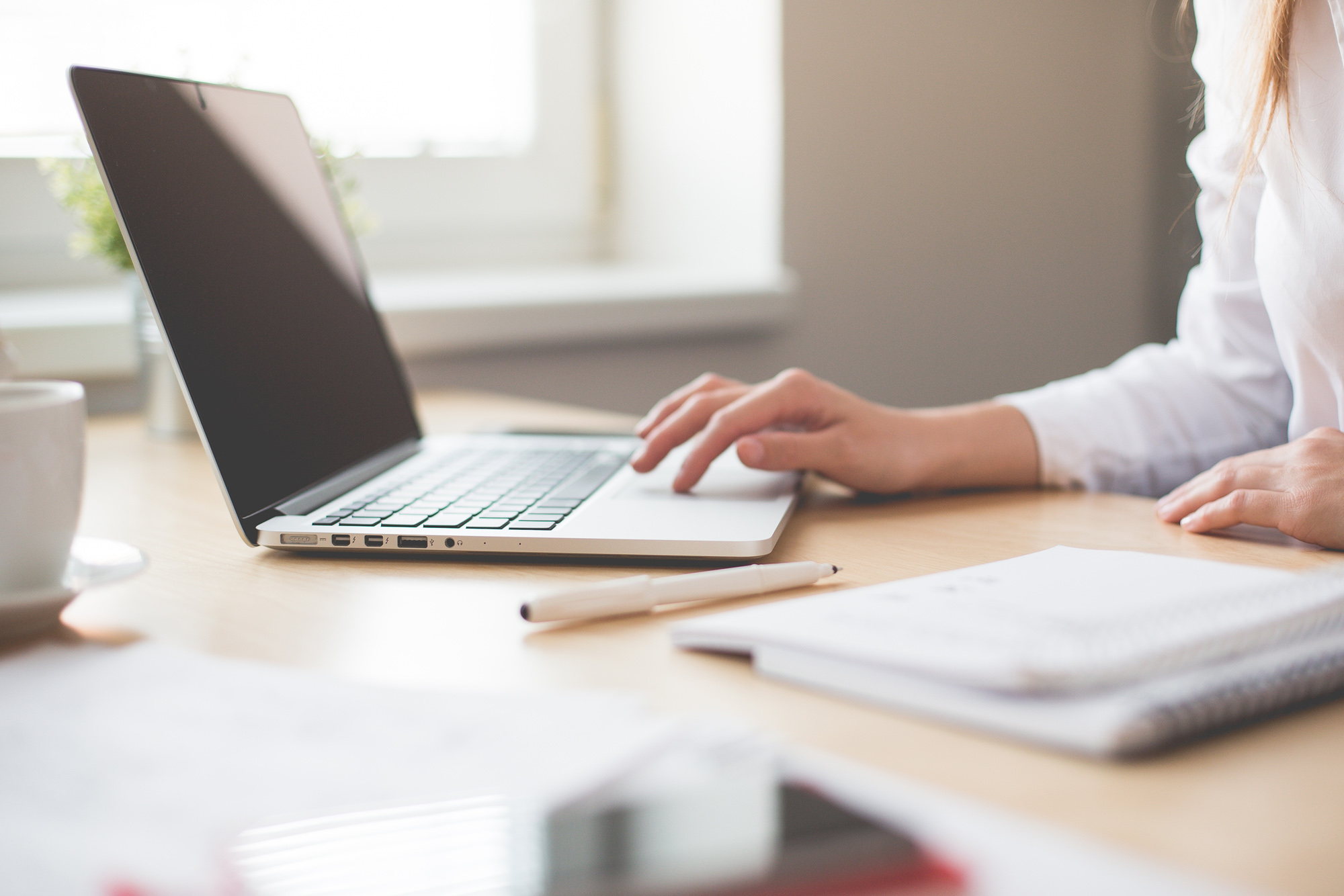
As a mediator, have you ever thought deeply about why you take notes as you conduct sessions that only you can see? What might change if the parties could see the connections you make during their discussion, and which points you find most important?
Visual Mediation is a practice where you capture key ideas and expressions—in text, images, and colours on large sheets of paper—as they’re being spoken during mediation. It can also involve visual templates and other visual tools to guide conversations and explain the mediation process.
Using visuals to record certain parts of what is discussed during sessions creates a useful dynamic in facilitative mediation that increases transparency and supports effective communication. Visual Mediation helps parties create shared understanding while engaging them more actively in the process.
Virtually all human beings understand visual communication, and used properly, it can help you communicate important information about mediation so parties are empowered in the process. For instance, a Visual Mediation Agenda Template can help you set the foundation for a successful mediation. It can be used during joint sessions to elicit and display the parties’ goals in mediation, the items they’ve come to discuss, information about roles, and guidelines for communication during mediation.
The Visual Mediation Agenda Template is a tried and true tool that allows you to leverage the power of visual communication in mediation. You can get a free Visual Mediation Agenda Template along with a mediator’s guide that will help you take a big leap towards working visually in your mediations (without having to take any training, and without drawing a thing).
Visual Mediation is the practice of capturing your ideas and expressions––in text, images, and colours on large sheets of paper––as they’re being spoken, in the moment, during mediation. It can also involve the use of visual templates and other visual tools to guide conversations and explain information about the mediation process.
This adds a useful and dynamic dimension to facilitative mediation. It increases transparency, supports effective communication, ensures shared understanding and involves both parties more fully in playing an active role.
Working visually is just about learning and bringing in another language and that’s handy because virtually all human beings understand “visual”, if you will. Visual communication can be used to communicate important information about the mediation process so that parties are empowered in the process. It can be used to set the foundation for a successful mediation (such as with the visual mediation agenda template). And it can be used during joint sessions to display key parts of the mediation discussion (the parts that support agreement and move the conversation forward).
When people are in conflict, they are under a great amount of stress. Neuroscience shows when you’re stressed out, your amygdala—the part of your brain that experiences emotions—gets over-activated so you can’t process or store new information the way you usually can. This is a BIG problem for parties in mediation since the process involves life-changing plans, decisions and agreements.
Neuroscience shows when you’re under great stress, your amygdala—the part of your brain that experiences emotions—gets over-activated so you can’t process or store new information the way you usually can, which is a BIG problem since mediation involves life-changing plans, decisions and agreements.
The use of images in mediation helps restore your parties’ ability to communicate effectively because it adds a second channel. Plus, whether they know it or not, the vast majority of people happen to be visual thinkers and learners.
If we, as mediators, agree that it’s the parties’ job to find solutions in mediation, their brains are essential tools to accomplish the task. By using visual mediation, we acknowledge the limitations of the brain when it’s under stress, and we optimize the parties’ ability to listen, understand, think and remember.
Have you had any experience with using visuals in mediation? What kinds of things have you written down for parties? What was the effect on the process? Share what you’ve noticed! I’m always interested in hearing other mediator’s experiences.
Visual Mediation Agenda Template and Step-by-Step Mediator’s Guide, and give it a try in your next session.
For more information please check out some of our Free Resources.